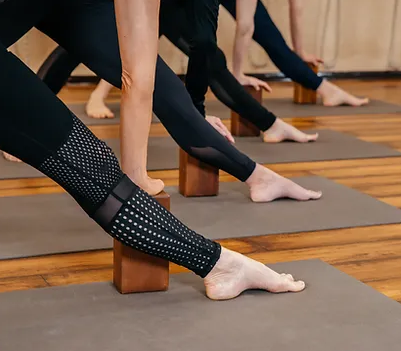Jaw Pain: How to treat it
By Dr. Phil Bechard, DC
Jaw pain can really be a huge bother for those that suffer from it. Not being able to bite down fully, to open our mouth fully, or to rest or sleep without pain in the jaw can be extremely bothersome and limiting. Our first recommendation is to be evaluated by a dentist or oral health specialist to determine the specific cause of your jaw pain so we know that care here is the most appropriate. Once you have the go ahead from your other medical provider, we can help appropriately sink our teeth into your problem (sorry, I had to).
Our Chiropractors at Mt Hope Chiropractic and Wellness specialize in the diagnosis and treatment of musculoskeletal disorders, including those related to the spine, joints, and muscles. The jaw, being a joint, is included in our list of treatment areas! Often an evaluation can uncover a proper treatment plan, home advice, and targeted exercises to properly tackle your problem.
Jaw pain can arise from various sources, including temporomandibular joint (TMJ) dysfunction, muscle tension, a variety of neck problems, or misalignment of the jaw. Our chiropractors may use manual adjustments, manipulation, or other techniques to address misalignments or tension in the jaw joint and surrounding muscles. By restoring proper function, most patients alleviate pain and improve overall jaw mobility. It’s important to note that the effectiveness of chiropractic care for jaw pain can vary from person to person, and the approach may depend on the underlying cause of the jaw issues.














